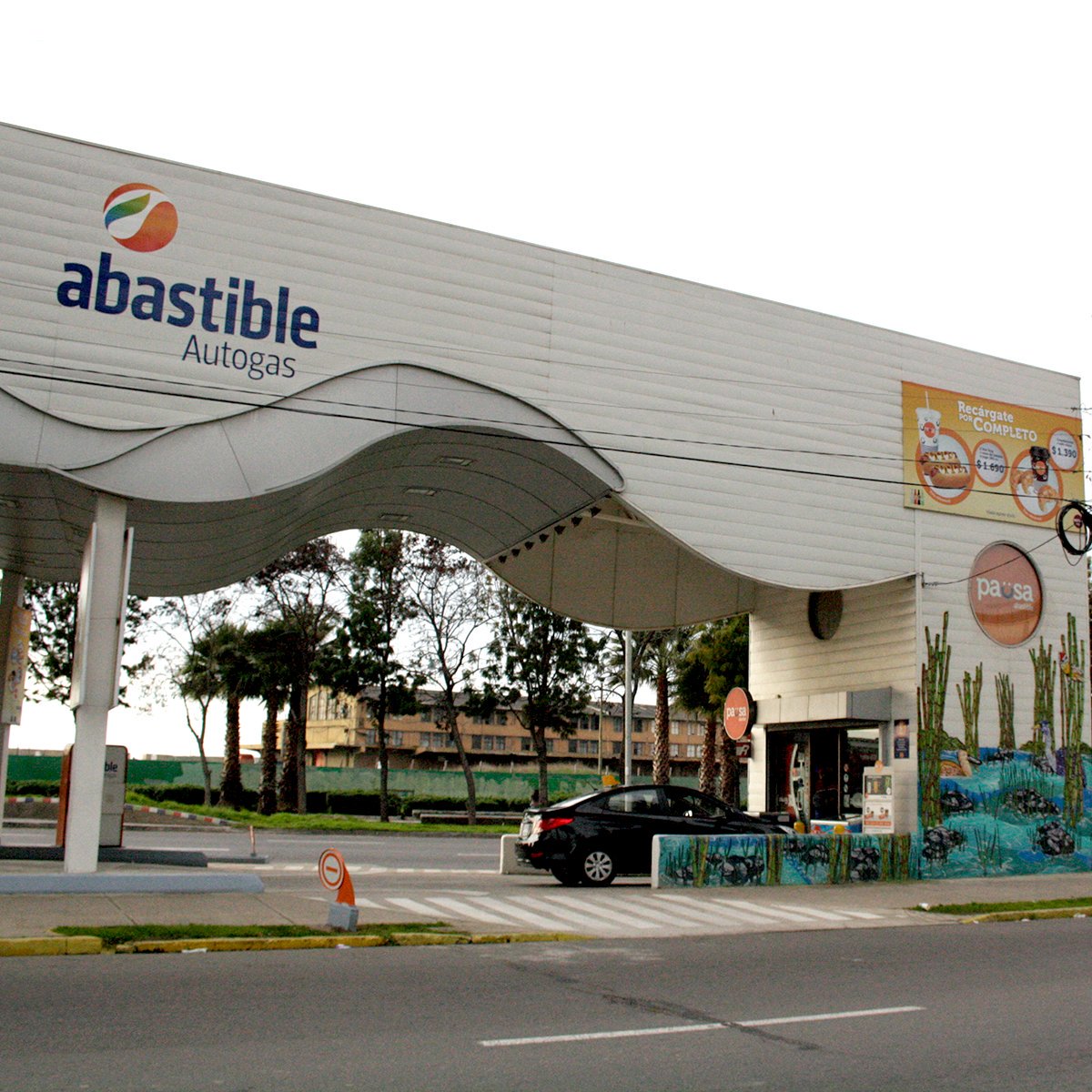Media Room
Chilean vehicle fleet speeds up transition to Autogas

With buses and taxis covering more than 200 kilometres a day in the country’s capital city Santiago de Chile and recent increases in gasoline cost, more fleet operators are turning to a more economic alternative. According to figures from the Vehicle Certification and Control Centre, the amount of Autogas taxis, buses and coaches already reaches 25% of the total public transport fleet in the South American country.
“The increase in the LPG-powered car fleet is explained by the significant savings that the fuel generates when compared with traditional gasolines. Today a taxi driver can spend up to 30% less in a month if he chooses to use LPG instead of a gasoline,” said Álvaro Jara, Deputy Manager of local conversion workshop Abastible Autogas.
But its benefits are not only economic, Jara explained. Taxis and buses are of intensive use and represent a significant percentage of traffic, which is why they contribute to the emission of particles. Thus, the use of Autogas allows to considerably reduce the levels of air pollution by emitting 15% less CO2 than a vehicle that uses traditional gasoline and 24% less than diesel.
“Economically, LPG has proven to be a better option than gasoline: for example, a taxi that travels 6,000 kilometres per month spends approximately 460,000 pesos (773 dollars) using 95 octane gasoline. For the same journey, a vehicle that runs on LPG spends approximately 310,000 pesos (520 dollars). This generates a monthly savings of 150,000 pesos (252 dollars) and an annual saving of 1,800,000 pesos (over 3,000 dollars),” added Jara.
Converted vehicles can be supplied at 55 Abastible Autogas and Copec LPG refuelling stations, available from Arica to Puerto Montt. For more information, please visit this link.
25 April 2018
